I am trying to locate QR position squares withing a QR code. QR position squares are the three boxes in the corners of a QR code:
I am template matching these to an image provided to me. I have discovered that there are significant 'ghosts' which appear in my output upon template matching:
Note the white region on the left is a giant smear of template, more distinct templates appear in black along the bottom but the whole image is essentially a smear of templates. Here is my code:
import cv2
import numpy as np
qrs=['A','B','C','D','E']
for qr in qrs:
template=cv2.imread(r'C:\Users\Matt\Desktop\Virginia Tech\CV\QR_Template_final.png',0)
img = cv2.imread(r'C:\Users\Matt\Desktop\Virginia Tech\CV\QR_'+qr+'.png', 0)
img_origin = cv2.imread(r'C:\Users\Matt\Desktop\Virginia Tech\CV\QR_'+qr+'.png')
# Binarize
img[img>125]=255
img[img<126]=0
img=img.astype(np.float32)
template=template.astype(np.float32)
# Template Matching
res=cv2.matchTemplate(img, template, cv2.TM_CCORR_NORMED)
min_val, max_val, min_loc, max_loc = cv2.minMaxLoc(res)
res=255*(res-min_val)/(max_val-min_val)
out=cv2.imwrite(r'C:\Users\Matt\Desktop\Virginia Tech\CV\QR\Threshold\QR_IMG'+qr+'.png',img)
out=cv2.imwrite(r'C:\Users\Matt\Desktop\Virginia Tech\CV\QR\Threshold\QR_Threshold'+qr+'.png',res)
How do I address these ghosts?
I included a compressed version of the input. It is a picture of a QR code front and center in a grocery store without template any ghosts:
Also see this version of the output without binarization of the input:
Thanks so much for your help I have been stuck on this problem for some time.



